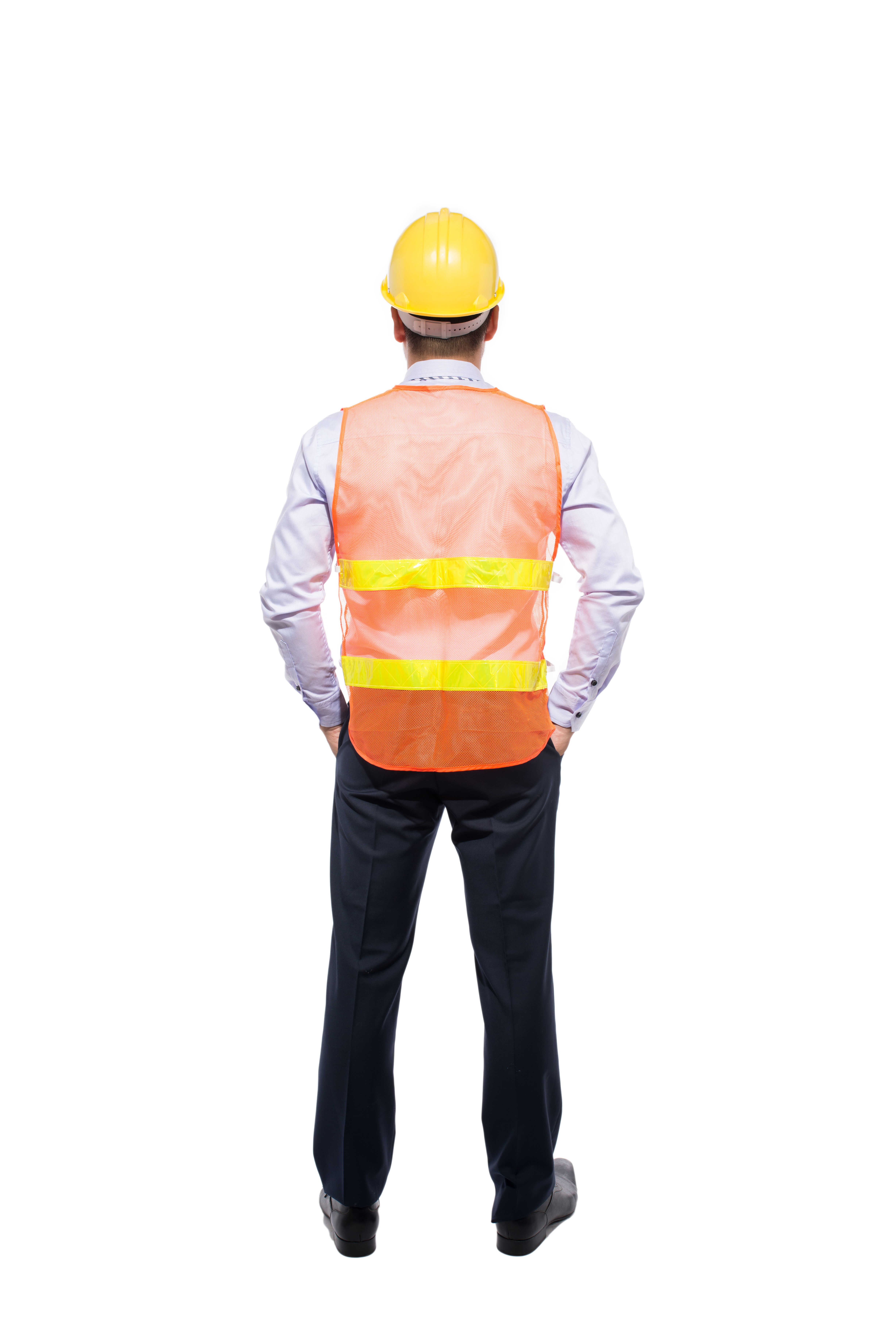
Occupational Safety and Health in the Workplace
zero injuries
Occupational Safety and Health Concept
The
concept of occupational safety and health revolves around the standards and
conditions to be followed in the workplace to protect employees from potential accidents
that may lead to property damage or injuries to workers.
This
concept has become very widespread in the past two decades, many laws and
legislation's have been enacted obliging business owners to take the necessary
measures to preserve the safety of their employees, and the task of following
up on the extent of compliance with these laws has become the responsibility of
government ministries and agencies, or even third parties
concerned to evaluate and provide studies on mechanisms to improve workplaces
with recommendations to achieve the principle of "zero injuries".
Occupational Safety and Health Objectives
Undoubtedly, the main objective behind implementing these laws is to preserve the safety of workers first and the workplace and property second. There are also many other goals that make the conditions of occupational safety and health very important applications with a significant impact on the worker and workplace, including:
-Maintaining the safety of employees, facilities, equipment, and all properties related to workplaces.
-Anticipating
crises and work accidents before they occur, preparing for them, and
confronting them in an optimal manner.
-Promote
and inculcate a culture of health and safety that helps create a more
productive and safe work environment.
Occupational Safety and Health Applications
There are
many occupational safety and health applications that workers are obliged to
follow after formulating them in the form of conditions and instructions and
sharing them widely in all establishments, as these applications vary according
to the sector of work and the techniques used in each place separately, but
this does not preclude the existence of some major laws that apply to all
places such as:
-Ensuring
the readiness of the workplace (office, laboratory, workshop, etc..) and add
necessary protective and safety equipment.
-Providing
first aid boxes and distributing them throughout the facility to be accessible
to all employees.
-Keeping
dangerous materials and equipment in places with strict protection to avoid any
injuries they may cause to workers or harm to the facility.
-The
presence of a competent and qualified safety supervisor, and it is possible for
the human resources employees to undertake these tasks in small enterprises.
-Cooperating
with workers and raising their level of readiness by training them on safety
applications and educating them about its importance.
-Report
any incidents and keep records documenting all details and actions taken.
Who is in Charge?
Workplaces
are large assemblies that may contain hundreds or even thousands of people,
with a lot of equipment and machinery, and it may be difficult if not
impossible to ensure the safety of all of the above and to monitor compliance
with the stated conditions and rules for maintaining occupational safety and
health.
From here
comes the role of the workers them selves in monitoring their actions and
movements, and realizing the importance of these rules in maintaining their
safety and the safety of others, so that the role of the responsible committees
is to enact laws and raise awareness about instructions and follow up on the
latest applications that can be included in workplace policies.
This is
then everyone's responsibility, and it is imperative that all parties in the
workplace cooperate to reach a healthy and safe environment free from risks as
much as possible.

